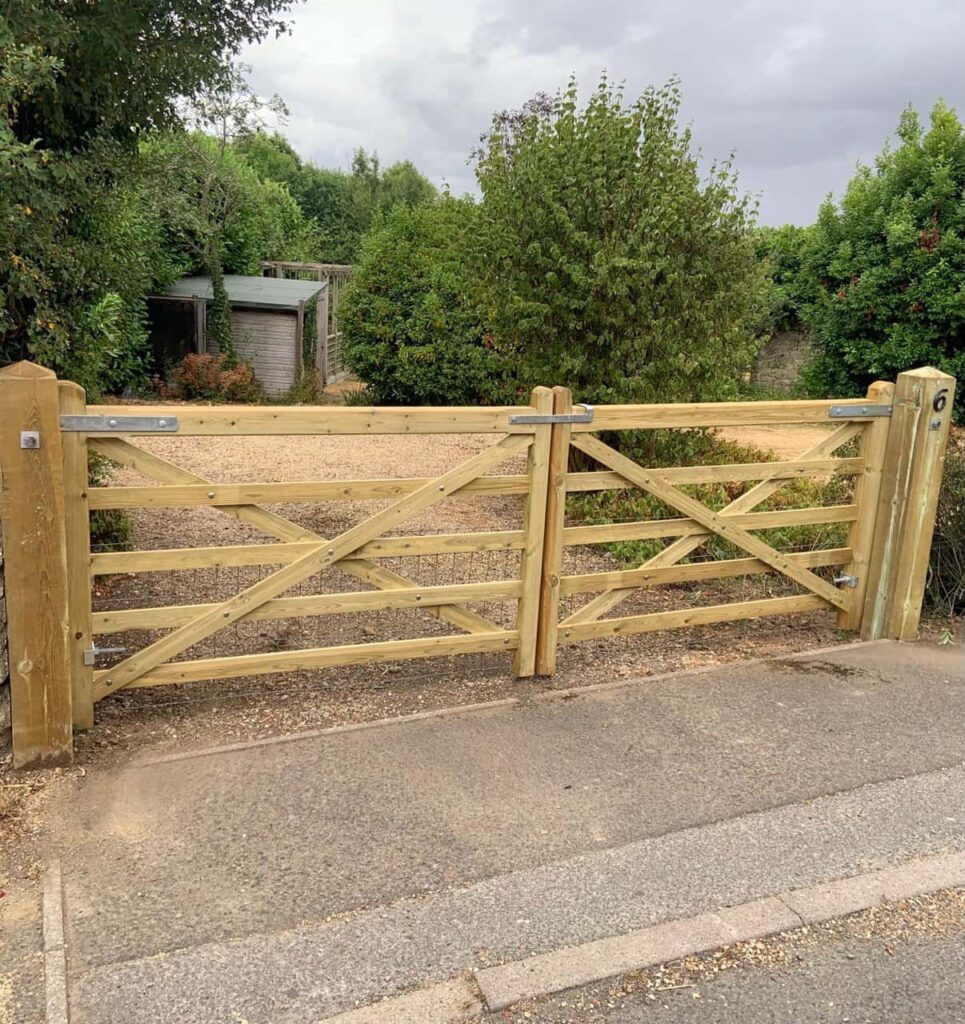Building a Strong Fence: Materials and Techniques for Durable Stock Fencing
Introduction: A well-constructed stock fence is essential for maintaining the security and safety of your property and containing livestock. Whether you’re a farmer, equestrian enthusiast, or simply looking to create a sturdy boundary, choosing suitable materials and employing proper techniques is crucial for building a fence that stands the test of time. In this blog post, presented by Fast Fix Fencing Sevenoaks, we’ll explore the materials and techniques required to build a robust, durable stock fence.
1. Choose the Right Materials
Selecting the appropriate materials is the foundation of a robust stock fence. Here are some popular options:
- Wire Mesh fences are often used for small livestock and provide visibility and protection. Choose between woven or welded wire mesh, based on your specific needs.
- Barbed Wire: Commonly used for larger animals, barbed wire fences are cost-effective and can serve as an effective deterrent.
- High Tensile Fencing: This type of fencing uses high-strength wire tightly stretched, offering durability and flexibility to withstand animal pressure.
- Wooden Posts: Wooden posts are sturdy and aesthetically pleasing. Treated wood is recommended to prevent rot and extend the fence’s life.
2. Proper Installation Techniques
How you install your stock fence significantly affects its longevity and effectiveness. Here’s a step-by-step guide:
- Clear the Area: Remove debris, vegetation, or obstacles hindering the fence installation.
- Determine Boundaries: Mark the boundary lines clearly to ensure accurate placement of the fence.
- Set Corner and End Posts: Corner and end posts stabilise the fence. Use concrete or tamped soil to secure them in place.
- Install Line Posts: Line posts are installed at intervals between corner and end posts. They help maintain the shape and tension of the fence.
- Attach Wire or Mesh: Depending on your chosen material, attach the wire or mesh securely to the posts. Maintain proper tension to prevent sagging.
- Use Proper Bracing: Bracing adds extra support to corners and gates. It involves diagonal posts and horizontal beams that strengthen the fence’s structure.
- Gate Installation: If needed, install gates at designated entry points. Ensure gates are properly anchored and aligned.
3. Regular Maintenance
Maintaining your stock fence is essential for its longevity. Regularly inspect the fence for signs of wear, rust, or damage. Replace any damaged sections promptly and trim vegetation away from the fence to prevent deterioration.
4. Seek Professional Assistance
For complex projects or if you lack experience, consider enlisting the help of professionals like Fast Fix Fencing Sevenoaks. Their expertise ensures the fence is built to the highest standards and tailored to your needs.
Conclusion: Building a robust and durable stock fence involves carefully selecting materials, proper installation techniques, and ongoing maintenance. A well-constructed fence not only enhances the security of your property but also contributes to the safety and well-being of your livestock. Whether you’re managing a farm, protecting animals, or defining property boundaries, investing in a well-built stock fence is an investment in your land’s long-term value and functionality. With the guidance of Fast Fix Fencing Sevenoaks, you can create a reliable and sturdy fence that has served its purpose for years.
Call us on: 01732 440 994
Click here to find out more about Fast Fix Fencing Sevenoaks
Click here to complete our contact form and see how we can help with your fencing needs.

